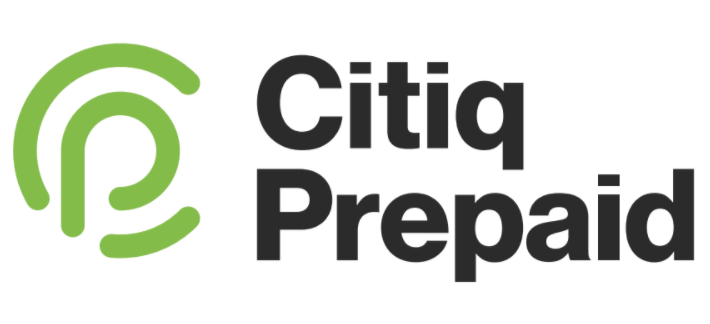Load shedding can be really frustrating. During all these latest power cuts, chances are you may have already experienced the results of a powerful surge on your appliances. Load shedding has known to have a devastating impact on many electrical appliances, so here are 5 ways to protect your appliances:
1. Disconnect your appliances
We suggest protecting your appliances by unplugging directly from the plug source whenever they are not in use. A power surge cannot damage an appliance that is not plugged in, and it is also a smart move for conserving energy as well as staying safe. According to How Stuff Works, the best protection is to unplug your appliances. Power surges that blow your appliances usually occur when the power come backs on. During load shedding, you can switch off all your appliances to prevent them from being damaged when that surge happens.
2. Invest in surge protectors
You can buy a surge protector for your electric mains board, as well as surge protector plug adaptors, at most leading hardware stores. If the power levels spike above a level deemed acceptable, the surge protector diverts the excess energy into its grounding wire. Surge protectors on the electrical wiring/DB boards should be installed by a certified electrician. For a guide to select and install surge arresters, we recommend you read this helpful article in the latest ECA Magazine.
3. Purchase a UPS
The way we work is changing, most people are dependent on the internet to work and the loss of productivity that load shedding causes is significant. According to this article by M&G, a UPS (uninterruptible power supply) is a good solution for your electronics such as your router, modem, access points etc. which means you can continue working during load shedding. It’s important to note that some UPS’s also provide a degree of isolation and surge filtering, this is mostly for internal protection.
4. Use surge protecting power strips
The quickest and least expensive solution for protecting appliances is plugging them into a power strip with a built-in surge protector. These power strips are usually equipped with a fuse that is designed to fail in the event of a voltage spike, cutting off power to your appliances and protecting them. There are multiple power strip options available, so we encourage you to speak to a certified electrician about your options before making a decision to purchase a specific one.
5. Revisit your insurance policies
Not a physical way to protect your devices, but ensuring your home insurance is up to date is a safety net you should have. Sometimes, despite your best efforts, appliances will blow during excessive power cuts. To prevent unforeseen damage and losses, you should revisit your insurance cover and obtain advice from your brokers to take into account different circumstances and risk situations which may arise as a result of power cuts.
For your own peace of mind, speak to a certified electrician who installed your prepaid meters about whether you need extra surge protection.
Disclaimer
Citiq Prepaid doesn’t endorse any of the above surge protection methods but merely suggests options available. Please consult a qualified electrician if you are unsure about how to protect your appliances during load shedding.

